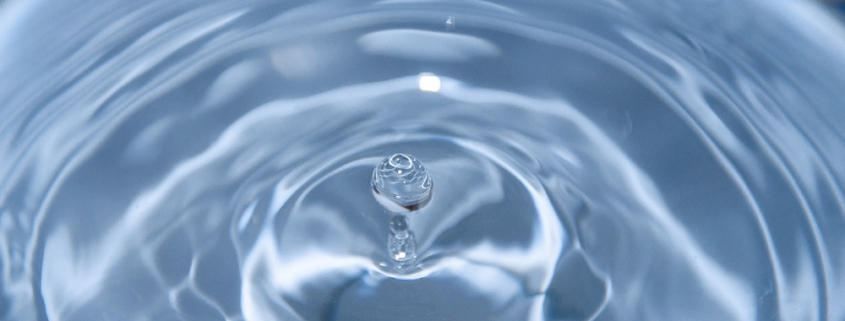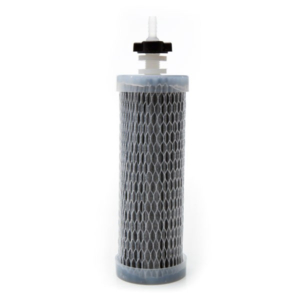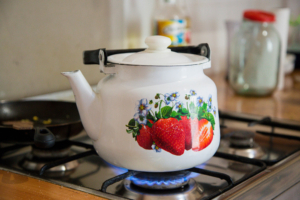Beyond Bleach: Water Purification
For years, bleach had been a go-to method for water purification. As our understanding of water safety evolves, and our technology advances, it is evident that bleach is no longer the best approach. Lets look beyond bleach and explore alternative purification methods:
Effectiveness Against Contaminants:
- Bleach is primarily effective against bacteria and viruses but may fall short when dealing with other contaminants such as parasites, heavy metals, and chemical pollutants.
- In scenarios where water sources are prone to contaminants, bleach may not provide protection. Certain waterborne threats, like cryptosporidium or lead, may persist despite the use of bleach.
What is Cryptosporidium you ask? I didn’t know either! Lets learn together:
Cryptosporidium is a microscopic parasite that can cause a gastrointestinal illness known as cryptosporidiosis. This parasite is a protozoan and belongs to the genus Cryptosporidium. The most common species that infects humans is Cryptosporidium parvum. (Another word to describe parasites is “protozoa” or “protozoan“)
- Cryptosporidium is found in water, food, soil, or surfaces that have been contaminated with the feces of infected animals or humans. The parasite has a protective outer shell that allows it to survive for long periods outside the body and makes it resistant to many common water treatment methods.
- Infections with cryptosporidium cause symptoms such as watery diarrhea, stomach cramps, nausea, vomiting, and fever.
- Preventing cryptosporidium infection involves good hygiene, avoiding contaminated water, and proper food safety measures. Boiling water, using water filtration systems, and maintaining overall cleanliness are preventive measures against cryptosporidium and other waterborne illnesses.
Impact on Microbial Balance:
- Bleach is a broad-spectrum disinfectant, meaning it can kill a wide range of microorganisms. This includes both harmful pathogens and beneficial microbes. In situations where maintaining a healthy microbial balance is important, such as in natural water sources or in the gut microbiome, the use of bleach might be reconsidered.
What is a Microbe you ask?
The terms “microbe” and “microbial” refer to microscopic organisms, which are too small to be seen with the naked eye. Microbes play essential roles in various ecosystems, and they can be found in environments ranging from soil and water to the human body.
-
- Microbes can be unicellular (single-celled) or multicellular and include a wide variety of life forms. Bacteria, viruses, fungi, and protists are all examples of microbes.
Microbes play roles in ecological processes, including nutrient cycling, decomposition, and symbiotic relationships with other organisms. Some microbes are beneficial, such as those involved in food fermentation and nutrient recycling, while others can be harmful, causing diseases in plants, animals, and humans.
What does this mean for us? For balance in our lovely human bodies, we need a variety of microbes, and bleach was discovered to also eliminat the good.
Cons to Bleach:
Residual Taste and Odor:
- The taste and odor of water treated with bleach can be off-putting, making it less palatable for consumption.
- Unpleasant taste and odor can discourage individuals from drinking an adequate amount of water, leading to potential dehydration and health issues. This is particularly significant in emergency situations where access to clean water is crucial.
Health Concerns and Dosage Precision:
- Achieving the right bleach concentration for water purification requires precision and adherence to specific guidelines. Excessive bleach amounts can pose health risks.
- Overusing bleach can introduce harmful chemicals into drinking water, leading to adverse health effects. The precision required in measuring bleach concentrations can be challenging, especially in emergency situations where resources may be limited.
Environmental Impact:
- The production and disposal of bleach contribute to environmental concerns, including the release of harmful byproducts.
- As our awareness of environmental sustainability grows, it’s crucial to consider the ecological footprint of water purification methods. Bleach, with its manufacturing and disposal impacts, may not align with environmentally conscious practices.
Availability of Safer Alternatives:
- Safer and more advanced water purification methods are now widely available, offering comprehensive protection against a broader range of contaminants.
- With advancements in water purification technologies, relying solely on bleach may be an outdated approach. Alternative methods, such as filtration, UV treatment, and advanced purifiers, provide more reliable and user-friendly options.
Lets discuss a few of those options:
The Aquabrick Water Filtration System will safely filter out 99.99% of virus for up to 550 gallons; and safely filter out 99.9999% bacteria and 99.99% of giardia and cryptosporidium for up to 700 gallons from highly contaminated water.
LifeStraw: The ultralight backpack and travel-friendly squeeze water bottle makes contaminated water safe to drink by removing bacteria and parasites, preventing the majority of waterborne disease.
T
he LifeStraw has unlimited shelf life.
The membrane microfilters to 0.2 microns and removes:
• 99.999999% of bacteria (including E. coli)
• 99.999% of parasites (Giardia, Cryptosporidium, etc.)
• 99.999% of microplastics
Boiling water at a rolling boil (100 degrees Celsius) for at least one minute (or three minutes at higher altitudes) kills or inactivates a broad range of pathogens, including bacteria, viruses, and parasites.
The heat disrupts the cellular structures and DNA of microorganisms, rendering them unable to cause infections or diseases. Boiling water does not guarantee removal of chemical contaminants if that is a concern.
While bleach can still be a tool for water purification, especially in emergency situations, advancements in water treatment technologies have led to the development of alternative methods that address some of the limitations associated with bleach. Filtration systems, boiling, UV treatment, and advanced purifiers offer more targeted and reliable approaches to water purification, often without the drawbacks associated with bleach. As a result, the choice of water purification methods depends on the specific context, available resources, and the desired level of water quality. Happy purifying!






